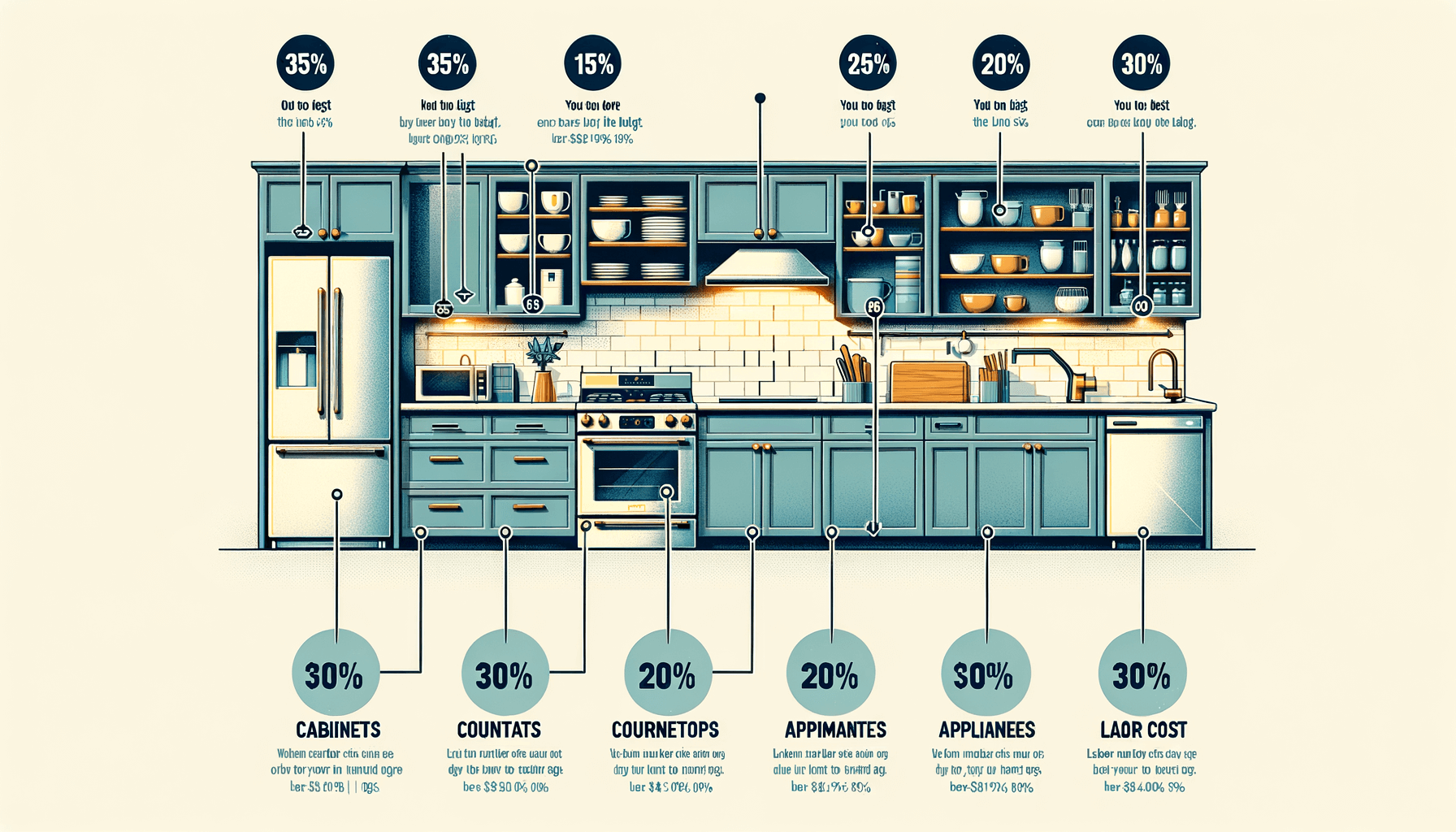How to Hire a Remodeling Contractor: A 10-Step Checklist

Read our cornerstone guide
The Ultimate Guide to Home RemodelingHow to Hire a Remodeling Contractor: A 10-Step Checklist
Hiring a general contractor is arguably the most critical step in any home remodeling project. The success of your renovation—measured in quality, timeline, and budget adherence—rests entirely on the team you choose. It is essential to approach the vetting and selection process with diligence, asking the right questions, and prioritizing credentials over the lowest bid.
This comprehensive 10-step checklist outlines our professional process, guiding you from initial research to signing the final contract. By following these steps, you can confidently select a licensed, insured, and reputable partner who is committed to delivering your vision with integrity and expertise.
Key Takeaways
- Always prioritize a contractor's license, insurance (liability and workers' compensation), and local reputation over the quoted price.
- Request at least three detailed, itemized bids to ensure you are comparing similar scopes of work and avoiding hidden fees.
- Verify the contractor's references by visiting past job sites or speaking directly with recent, satisfied clients.
Vetting and Interview Process
The interview stage should go beyond discussing aesthetics. Use this time to evaluate communication style, scheduling availability, and professional credentials. Ask contractors about their typical project management process, how they handle unexpected issues, and their subcontractors. A reliable contractor will offer transparent answers and provide physical copies of their liability insurance and workers’ compensation certificates without hesitation. Remember, communication during the project is key, so choose someone whose responsiveness meets your expectations.
The Importance of a Detailed Contract
A verbal agreement is insufficient for any significant remodeling work. The contract serves as the blueprint for your relationship, protecting both parties. Ensure it clearly defines the total project cost, the specific brands and models of all materials to be used, a fixed start and end date (or a detailed timeline of phases), and a dedicated clause outlining the change order process. Never sign until you fully understand every section, especially warranties and final payment terms.
Conclusion
Choosing the right contractor transforms a stressful renovation into an enjoyable process with a successful outcome. Taking the time to properly vet candidates, compare itemized bids, and secure a detailed contract will save you time, money, and headaches down the road. For more guidance on managing the entire process, consult our The Ultimate Guide to Home Remodeling.
Source: The American Institute of Architects (AIA)


